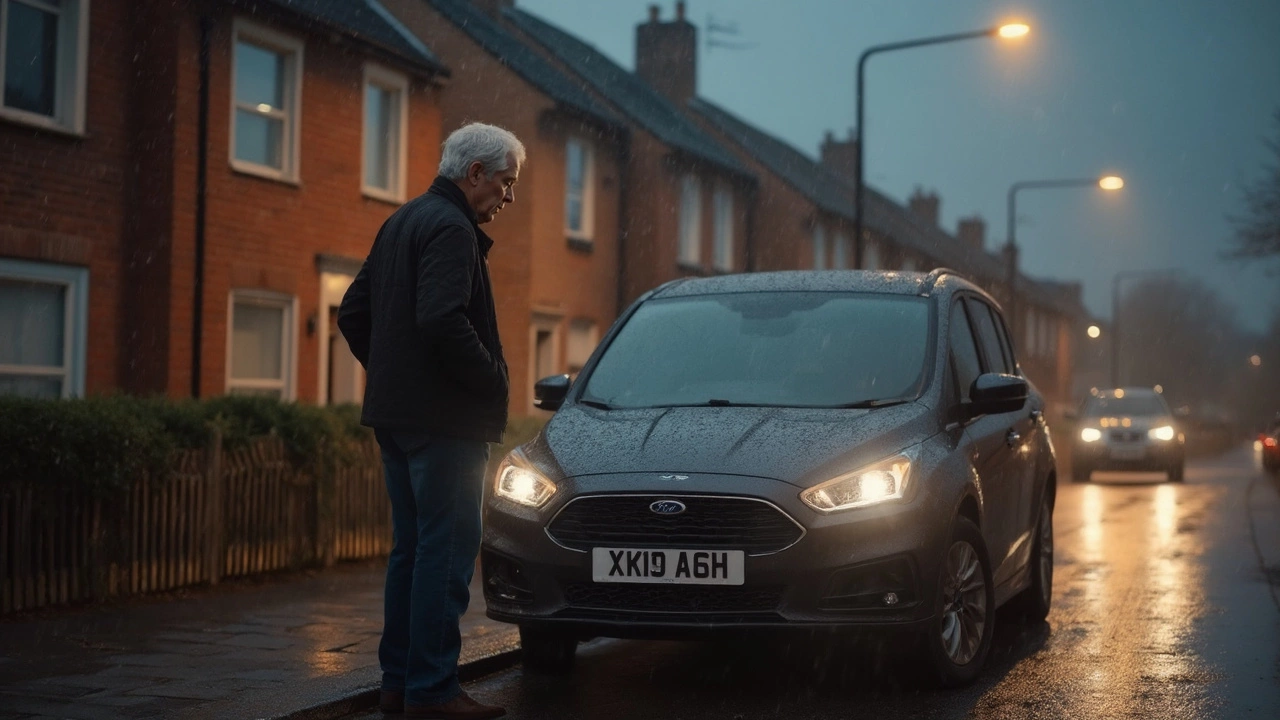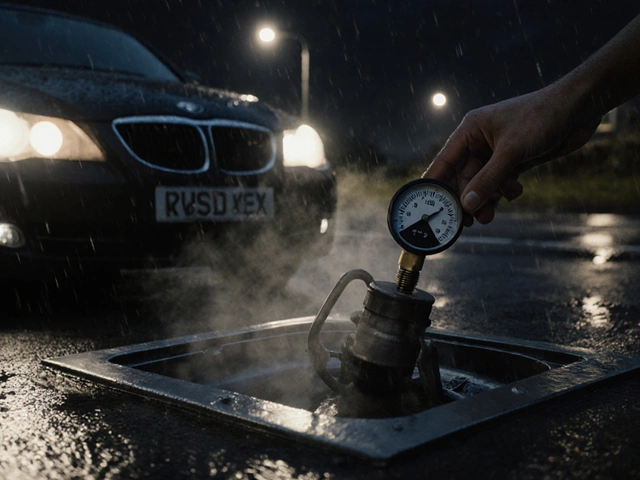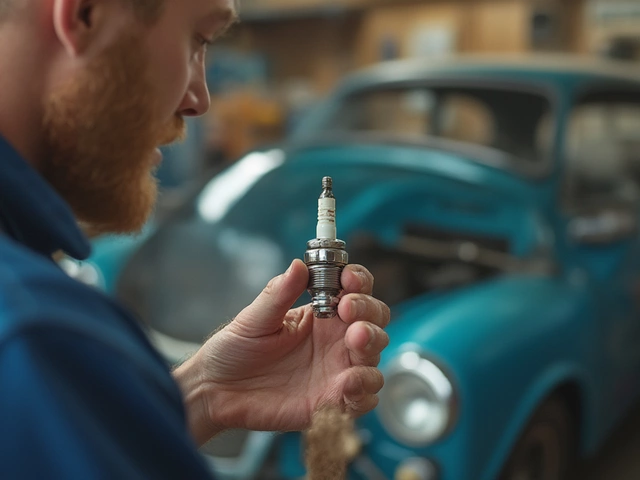What to Do When Your Car Makes a Clunking Sound
If you hear a thump or clunk while driving, you’re probably wondering what’s wrong. The good news is many clunks have easy fixes, and you can spot the culprit before it turns into a costly repair.
What the clunk could mean
First, think about when the noise shows up. A clunk that happens when you hit a bump often points to the suspension – maybe a worn shock absorber, a broken ball joint, or a loose sway bar link. If the sound pops up when you turn the wheel, the steering rack or tie‑rod could be the issue. A clunk that follows a hard brake might mean a loose brake caliper or a warped rotor.
Don’t forget the drivetrain. A bad CV joint, a worn driveshaft, or a loose differential pinion can all send a thudding noise through the floorboard. Even a loose exhaust pipe can rattle enough to feel like a clunk, especially at low speeds.
How to fix it
Start with a visual inspection. Pop the hood and look for cracked or leaking hoses, loose bolts, and worn rubber mounts. Jack up the car safely, support it on stands, and wiggle the wheels. Any play in the wheel hub or suspension parts is a red flag.
Next, check the brakes. Pull the brake pads back and see if the caliper moves freely. If it sticks, clean the slide pins and apply a little anti‑seize grease.
If you suspect the suspension, bounce each corner of the car. A good shock should firm up quickly; a soft, endless bounce usually means it needs replacing. Also, grab the lower control arm and try to move it – any looseness means a ball joint or bush is bad.
When the noise is tied to turning, listen closely while you make a slow, tight turn at low speed. If the clunk is louder on one side, the inner CV joint or tie‑rod on that side is likely the problem.
For drivetrain clunks, spin the driveshaft by hand with the car lifted. Any wobble or loose U‑joint points to wear. Re‑tighten the differential bolts if they’re loose, but make sure you use the correct torque.
If you’ve gone through these checks and still can’t pinpoint the source, it’s time to visit a trusted garage. Explain when the clunk occurs, what you’ve inspected, and any parts you’ve already replaced – that’ll help the tech diagnose faster.
Bottom line: a clunking sound is usually a warning sign, not a mystery. By narrowing down the conditions, doing a quick visual check, and testing for play, you can often fix the issue yourself or give the mechanic a clear starting point. Stay safe, keep your car quiet, and enjoy the ride.
 13 June 2025
13 June 2025
Suspension Noise Types: Three Sounds That Signal Trouble
Weird noises coming from your car’s suspension aren’t just annoying—they’re a big red flag. This article breaks down three specific types of sounds that scream something’s wrong with your suspension. Find out what each noise usually means, how they happen in real-world driving, and get some handy tips to track down the cause before things get worse. Everyday examples make it all crystal clear so you know what to listen for. Save yourself time, stress, and money by catching the early warnings.
Latest Posts
-

Should I Drive with a Bad Fuel Pump? Risks, Signs, and What to Do Now
-

What Helps a Bad Fuel Pump? Real Fixes That Actually Work
-

How to Know When Spark Plugs Need Replacement: Signs, Symptoms, and Pro Tips
-

How to Know If Your Car Radiator's in Trouble
-

How to Determine if Your Suspension Needs Replacing

0